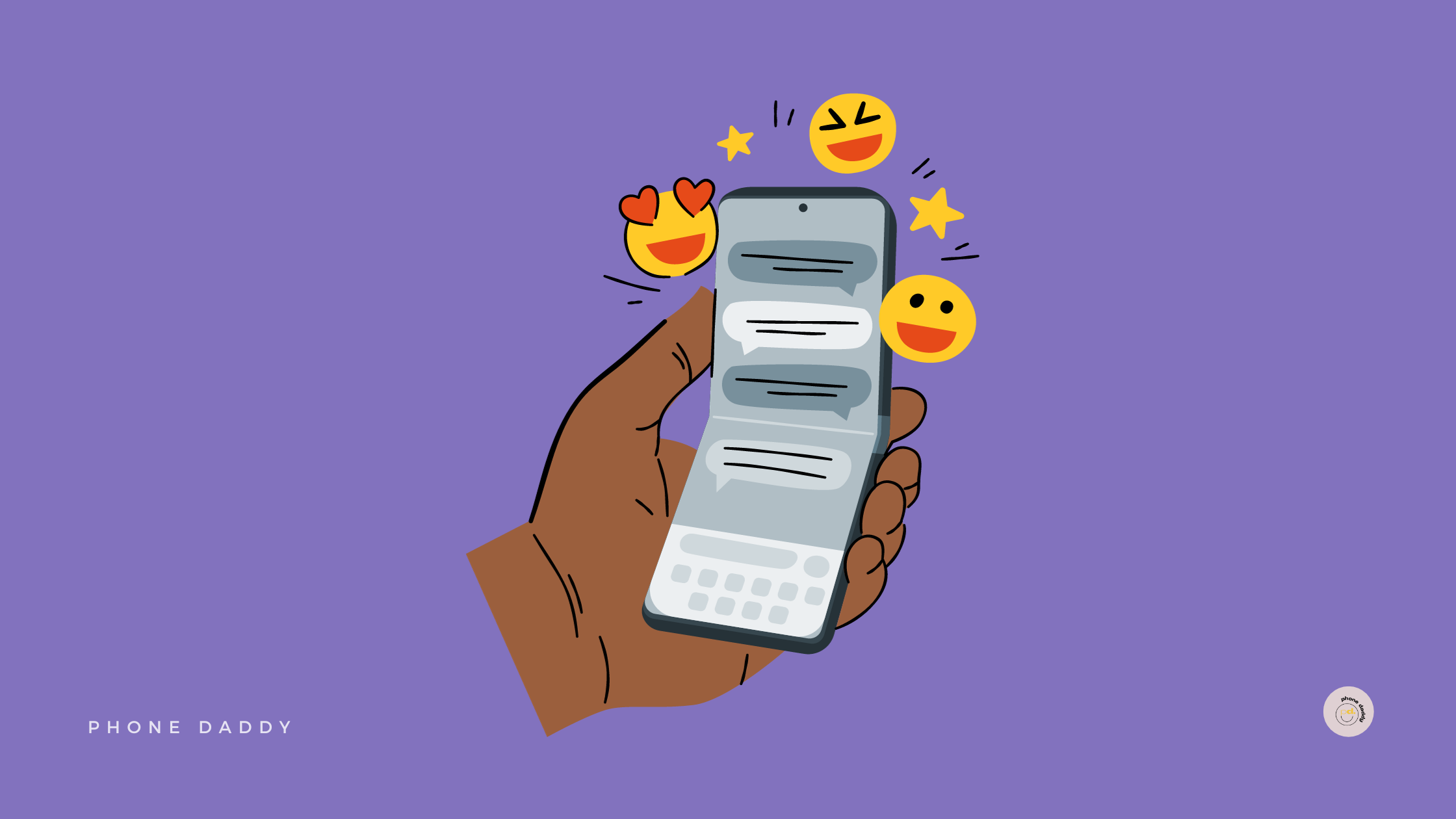- Close all running apps, remove the phone case, and move it to a cool place.
- Disable Bluetooth and Wi-Fi. These features consume power and generate heat, so turning them off can help cool down your phone.
- Apple regularly releases updates that fix bugs and improve performance, which can help prevent overheating issues in iPhone 15.
Apple's latest flagship, the iPhone 15, is getting a lot of praise for its cool features and stylish design, but there's a problem: it can get too hot. Some users think it's because of the phone's titanium body, but that might not be the only cause. In this guide, we'll dig into all the reasons behind the iPhone 15 overheating and give you some useful solutions to fix it.
Why Is Your iPhone 15 Overheating?
Your iPhone 15 might be overheating due to various reasons, and it's essential to understand these factors to prevent any potential damage. Here are some common causes:
- 📱 Intensive App Usage: The iPhone 15 is a high-performance device, but if you frequently use demanding apps like games or video editing applications, it will push the phone's processor to work harder, leading to increased heat generation.
- 🔋 Charging Activities: Charging your iPhone involves the battery working at its full capacity, producing heat in the process. If you're using your phone heavily while it's charging, the combined workload can contribute to overheating.
- 🌡️ High Temperatures in the Environment: Exposing your iPhone to elevated temperatures, such as leaving it in direct sunlight or in a hot car, can lead to overheating. The device has limits, and extreme external temperatures can push it beyond its comfort zone.
When your iPhone detects excessive heat, it will display a warning message and might even shut down automatically. This protective measure is designed to prevent damage to the internal components. It's crucial to pay attention to these warnings and take action to cool down your phone to avoid potential long-term issues.
Now, let's explore some practical solutions to address and prevent overheating issues with your iPhone 15.
How to Fix iPhone 15 Overheating
If your iPhone 15 is overheating, there are several steps you can take to cool it down. Here's a comprehensive guide with detailed steps for each method:
1. Stop Using Your Phone
When your iPhone starts to overheat, it's crucial to give it a break from demanding tasks. This allows the internal components to cool down and prevents further heat generation.
You should close all running apps. To do that, swipe up from the bottom of the screen to view all open apps. Then, swipe up on each app preview to close it.
Avoid using power-intensive apps like games, video editing software, or navigation apps while your iPhone is overheating. These apps consume more processing power, generating more heat. Allow it to rest for a while to dissipate heat.
2. Turn Off Bluetooth and Wi-Fi
When your iPhone starts to overheat, quickly disabling Bluetooth and Wi-Fi can help reduce power consumption and heat generation, allowing the device to cool down more effectively.
Follow these steps to disable Bluetooth and Wi-Fi:
- Swipe down from the top right corner of your iPhone's screen to open the Control Center.
- Find the Bluetooth and Wi-Fi icons in the Control Center.
- Tap the Bluetooth icon to turn off the Bluetooth connection. This will prevent your iPhone from searching for and connecting to nearby Bluetooth devices, reducing power consumption.
- Tap the Wi-Fi icon to turn off the Wi-Fi connection. This will disconnect your iPhone from the current Wi-Fi network, preventing data usage and reducing power consumption.
3. Remove Your Phone Case
Phone cases, while protecting from scratches and drops, can sometimes trap heat and hinder the natural cooling process of your iPhone. So, removing the case can effectively improve heat dissipation and allow for your iPhone to cool down more efficiently.
Using your fingers, gently open the case from the designated opening points. Once the case is removed, observe whether there is a noticeable decrease in your iPhone's temperature. If the temperature drops significantly, it suggests the case contributed to the overheating issue.
If you notice a substantial improvement in heat dissipation after removing the case, consider using a different case material or design that allows for better airflow and heat transfer. Alternatively, you can use your iPhone without a case, but take extra precautions to protect it from scratches and drops..
4. Move Your Phone to a Cool Place
When your iPhone starts to overheat, it's essential to relocate it to a cooler environment. This allows the device to shed heat more effectively and prevent further temperature rise.
Avoid placing your iPhone near heat sources such as direct sunlight, radiators, or heating vents. These sources can significantly increase the ambient temperature around your iPhone, making it difficult for it to cool down.
If you're outdoors, find a shaded area to place your iPhone. Trees or even your own shadow can provide much-needed protection from direct sunlight and heat.
Avoid leaving your iPhone in enclosed spaces like a car or a backpack, especially during hot weather. These spaces can trap heat and cause the temperature inside to rise rapidly, leading to overheating.
5. Restart Your Phone
When your iPhone starts to overheat, a simple restart can often resolve the issue and allow it to cool down effectively. This is because restarting the phone closes all running apps and processes, eliminating any temporary glitches or resource-intensive tasks that might be contributing to the overheating.
Here’s how to restart your iPhone:
- Locate the Power button on your iPhone 15.
- Hold the power button for a few seconds until the Slide to power off prompt appears on the screen.
- Slide the slider to the right, turning off your iPhone. Wait for it to completely shut down.
- Once the iPhone is fully off, press and hold the Power button again until the Apple logo appears on the screen. This will restart your iPhone.
Once your iPhone has restarted, observe whether the overheating issue persists. Restarting often resolves temporary glitches and frees up resources, allowing the device to cool down more efficiently. If the overheating continues, consider trying other cooling methods or contacting Apple support for further assistance.
6. Update Your iOS
Keeping your iPhone's up to date is crucial for maintaining optimal performance and addressing any potential issues, including overheating. Apple regularly releases iOS updates that include bug fixes, security patches, and performance enhancements. These updates can often resolve temporary glitches or compatibility issues that might be contributing to overheating.
Here’s how to update your iOS:
- Open the Settings app on your iPhone.
- Locate and tap on the General option in the Settings menu.
- Scroll down the General settings menu and tap on the Software Update option. This will display information about the currently installed iOS version and check for available updates.
- If an update is available, it will be displayed under the Software Update section. Tap on the Download and Install option to begin downloading and installing the update.
- If prompted, enter your iPhone's passcode to authorize the installation of the update.
- Once the download is finished, the installation process will begin. Your iPhone may restart during this process.
- After the update is installed, observe whether the overheating issue has been resolved. iOS updates often address performance issues, including overheating.
7. Reset Your Phone
In some cases, an iPhone's overheating issue might stem from software glitches or corrupted data. If other cooling methods haven't resolved the problem, resetting your iPhone to factory settings can be a last resort to eliminate any lingering issues.
Follow these steps to reset your iPhone:
- Before resetting your iPhone, it's essential to back up your data to prevent losing important information. You can back up your iPhone using iCloud or iTunes.
- To back up your iPhone using iCloud, connect it to a stable Wi-Fi network. Open the Settings app and tap on your name at the top of the screen. Select iCloud > Backup > Back Up Now. Wait for the backup process to complete.
- Once your data is safely backed up, you can proceed with resetting your iPhone. Open the Settings app and tap on General > Reset.
- Scroll down the Reset menu and select Erase All Content and Settings. This option will completely erase all your iPhone's data and settings, returning it to its factory state.
- A confirmation message will appear, warning you that all data will be erased. Tap on Erase iPhone to proceed with the reset process.
- After the reset is complete, you will be guided through the initial setup process. Once you reach the Apps & Data screen, choose Restore from iCloud Backup or Restore from iTunes Backup to restore your data from the backup you created earlier.
Some More Tips to Prevent Your iPhone 15 From Overheating
Here are some additional tips to help prevent your iPhone 15 from overheating:
- Avoid using your phone in direct sunlight or in hot cars.
- Don't charge your phone for an extended period of time.
- Use an Apple-certified charger.
- Use a good phone case that doesn't trap heat.
- Close apps that you're not using.
- Turn down the brightness of your screen.
If you're still having problems with your iPhone 15 overheating, you may need to contact Apple support.
Final Thoughts
Overheating is a common issue in iPhone 15. By following the tips outlined in this guide, you can effectively cool down your iPhone and prevent overheating from recurring. However, if you're looking for a more permanent solution, consider purchasing a used iPhone from Phone Daddy. Phone Daddy offers a wide selection of used iPhones at affordable prices, all of which have been thoroughly inspected and refurbished to ensure they meet the highest quality standards.



